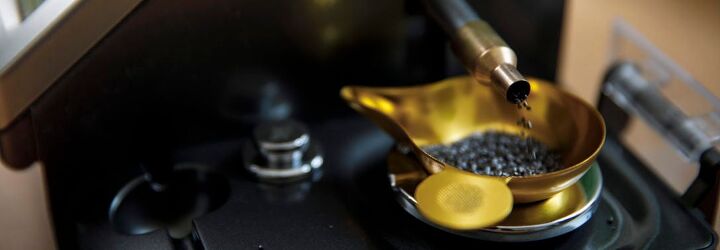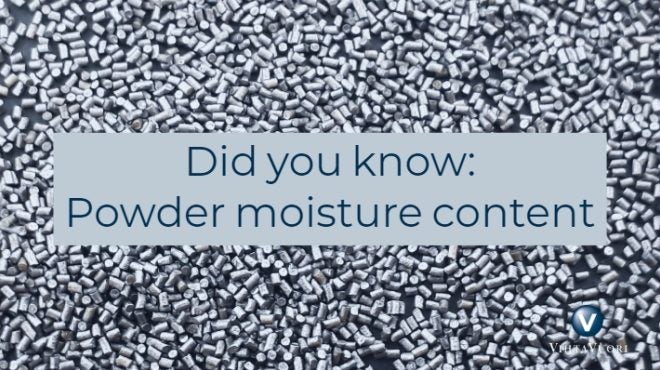Vihtavuori has published a very interesting article telling about the moisture percentage in the powders and its influence in the burn rate, pressure and velocity. They have tested the same powder with different moisture levels and recorded the difference between the two. This little study really well demonstrates how moisture in powder can affect the performance of the cartridge. Without further ado, let’s read the Vihtavuori article (quoted from the company’s website):
Variations in moisture content change the burning rate of a powder and thereby chamber pressures and muzzle velocity. The moisture content of the N100 and N300 series powders is usually around 1 %, the N500-series’ normal moisture content is 0.6 % because of the added nitroglycerine.
So what difference does moisture content have? Here’s an example. In a test, a powder sample was dried by heating it, losing about 0.5 % of its weight. Cartridges were then loaded with the dried powder and fired using a pressure gun. Chamber pressures and muzzle velocities produced by these special cartridges were compared to those produced by cartridges loaded with untreated powder. (The powder charge and bullet were of course the same in both sets of cartridges.)
Comparing results showed chamber pressures increased from 320 MPa to 355 MPa with the dried powder, and the muzzle velocity increased accordingly from 770 m/s to 790 m/s (2526 to 2592 fps). And note, this is only one example, of one caliber and loading. The difference might be much higher depending on the cartridge and loading combinations.
What does this tell us? Well, it seems we need to forget the old saying “Keep your powder dry”! Instead, focus on proper powder storage, at a temperature below 20°C / 68°F and humidity between 55-65 %. Safe reloading everybody!

To make it a bit more understandable for people who are used to pressure numbers not in megapascals but in pounds per square inch, I’ll do a quick conversion which shows that 320 MPa and 355 MPa are equal to 46,412 psi and 51,488 psi respectively. So the difference in the Vihtavuori test is a little over 5,000 psi or about 10% for the tested load. To better visualize this difference, let’s take a look at a couple of examples. For example, the difference between the 9mm and 9mm +P ammunition (maximum average pressures according to SAAMI data) is 3,500 psi (35,000 psi vs 38,500 psi). The 5K psi is the pressure difference between the .222 Remington and .223 Remington (50K psi vs 55K psi) or between the .30 Carbine and 7.62x39mm (40K psi vs 45K psi).

Keep your powder dry … but not too dry!
Images from www.vihtavuori.com
 Your Privacy Choices
Your Privacy Choices
